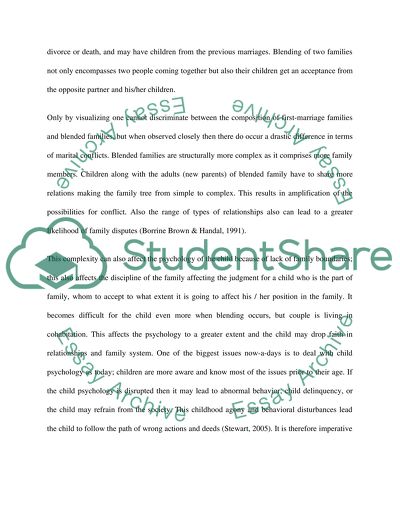Cite this document
(“Blended Family Research Paper Example | Topics and Well Written Essays - 2500 words”, n.d.)
Blended Family Research Paper Example | Topics and Well Written Essays - 2500 words. Retrieved from https://studentshare.org/miscellaneous/1556381-blended-family
Blended Family Research Paper Example | Topics and Well Written Essays - 2500 words. Retrieved from https://studentshare.org/miscellaneous/1556381-blended-family
(Blended Family Research Paper Example | Topics and Well Written Essays - 2500 Words)
Blended Family Research Paper Example | Topics and Well Written Essays - 2500 Words. https://studentshare.org/miscellaneous/1556381-blended-family.
Blended Family Research Paper Example | Topics and Well Written Essays - 2500 Words. https://studentshare.org/miscellaneous/1556381-blended-family.
“Blended Family Research Paper Example | Topics and Well Written Essays - 2500 Words”, n.d. https://studentshare.org/miscellaneous/1556381-blended-family.


